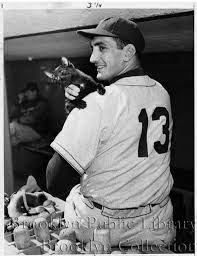
In 1951, the Brooklyn Dodgers were favored to win the National League race. The 1950 World Champion New York Yankees were expected to come in second place in the American League. That April, the two teams played against each other in a three-game exhibition series. The first game took place at Yankee Stadium on Friday, April 13.
Pitching for the Brooklyn Dodgers that day was 25-year-old Ralph Branca of Mount Vernon, NY. I don’t know where Branca found the cat (the Brooklyn Robins–the name of the Dodgers prior to 1932–had a black cat named Victory, but that was way back in 1927). But he told the press that the cat had “crossed his path” on Friday the 13th. By holding the cat and displaying his numbered uniform, Branca was reportedly sending the Yankees a message that his team was not afraid of any bad-luck signs.
The Dodgers did win that day by a score of 7 to 6, with Pee Wee Reese, captain and shortstop for the Dodgers, scoring a few of those runs. So, perhaps the cat was a good-luck charm just like Victory was in 1927. (The full story of Victory is featured in The Cat Men of Gotham.)
Some of the other big names in this game included Joe DiMaggio, Yogi Berra, and Jackie Robinson (Phil Rizutto was on the injured list). Mickey Mantle, the 19-year-old rookie sensation of the Yankees, would not make his Gotham debut until the April 14 game against the Dodgers at Ebbets Field. The Yankees had to wait for the Army Board to confirm that he was physically unqualified for Army service due to a bone infection in his left leg, which he had received from a football injury in 1946.
Under the management of Casey Stengel, the Yankees went on to win the 1951 World Series in six games against the New York Giants (today’s San Francisco Giants), who had won the National League pennant in a three-game playoff with the Brooklyn Dodgers. It was the last World Series for DeMaggio and the first for Mantle and Giants rookie Willie Mays.
Incidentally, during the three-game playoff series between the Dodgers and the Giants, Branca gave up a walk-off three-run homerun to Bobby Thomson of the Giants at the Polo Grounds. The game-winning homerun took place in the third game on October 3, 1951. The line drive was known in the baseball world as the “Shot Heard ‘Round the World.” Here’s a video of the dramatic moment:
Bobby Thomson’s Shot Heard ‘Round The World – Bing video
Maybe Branca should have brought the black cat to this game also. Like the black cat that “jinxed” the Boston Braves (now Atlanta Braves) at the Polo Grounds in 1932, or the black cat that brought good luck to the New York Mets in 1969, Branca’s cat may have helped the Dodgers win against the Giants, which would have pitted the Dodgers against in the Yankees in the 1951 World Series. Who knows what the final outcome would have been, all because of a cat…
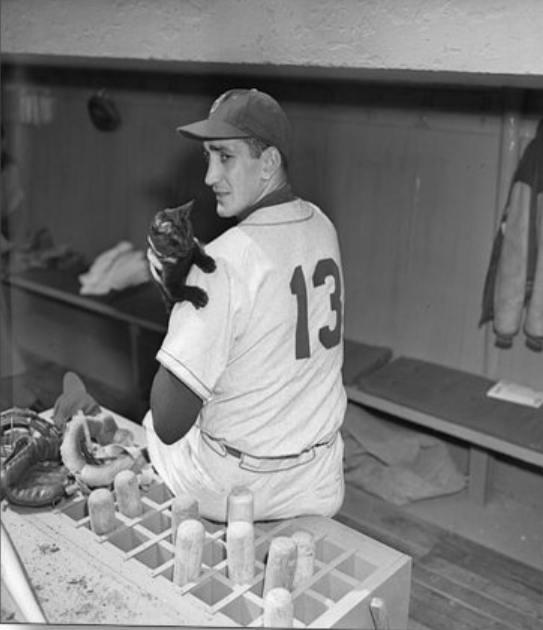
A Brief History of Ebbets Field
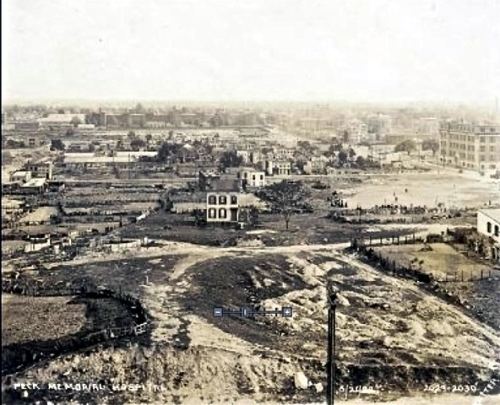
Before the old Ebbets Field stadium took over the block bounded by Bedford Avenue, Sullivan Place, Cedar Place (today’s Zenita Thompson Place), and Montgomery Street in 1913, the surrounding area was a disreputable, ramshackle, wilderness neighborhood called Pigtown, Goatville, Tin-Can Alley, and Crow Hill. The barren land was home to cow paths, goat trails, pig farms, and shanty dwellers who used a giant pit in the center of the block as a garbage dump.
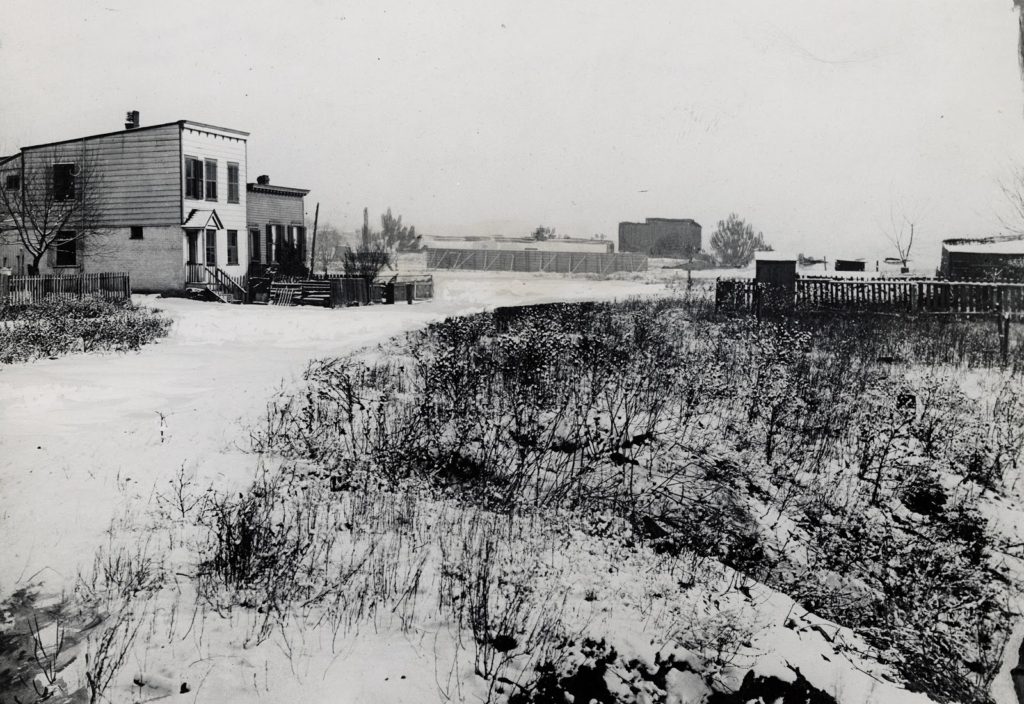
Charles Ebbets’s friends told him that he was crazy to think such a miserable location could feature a modern concrete ballpark that would make Brooklyn the envy of the baseball world. But Ebbets persisted, quietly using proceeds from the sale of his great-grandfather’s business at 41 Broad Street in Manhattan to buy just over 4 acres of parcels for a steal behind the disguise of a dummy corporation.
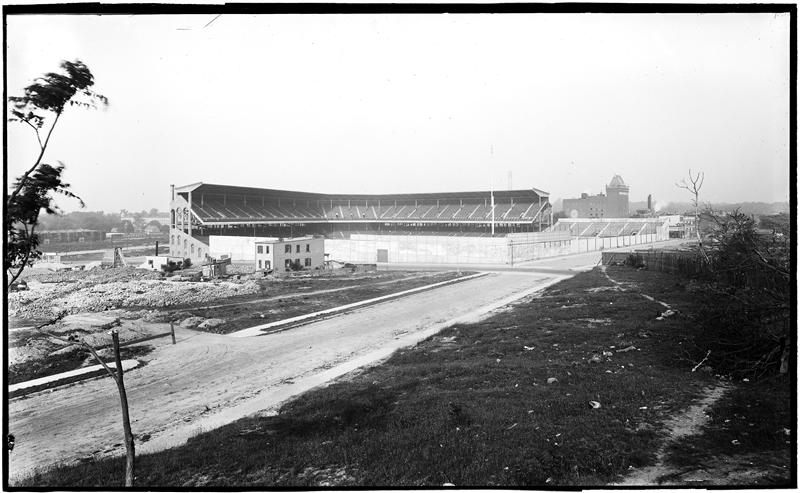
Over the course of three years, Ebbets secretly purchased about 40 small lots on the cheap until the news finally leaked out, forcing him to pay outrageous prices for the last few parcels. Although Ebbets planned to call the new stadium Washington Park, several Brooklyn sports editors suggested that he call his ballpark Ebbets Field.

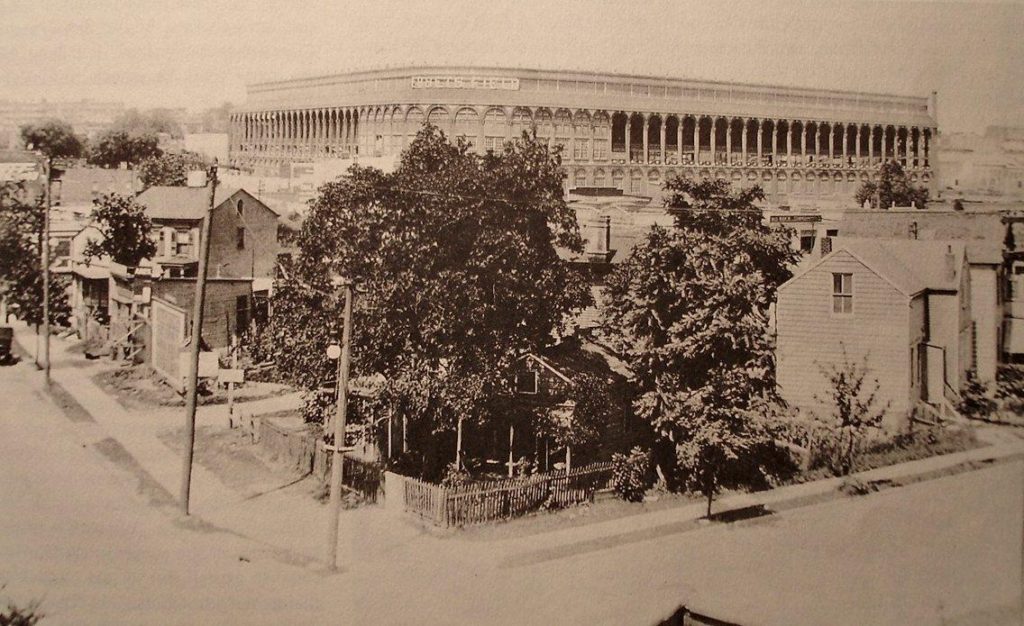
The stadium opened on April 5, 1913, with an exhibition game in which the Brooklyn Dodgers beat the New York Yankees.
On February 23, 1960, three years after the Dodgers moved to Los Angeles, a wrecker’s ball painted to look like an enormous baseball crashed into the walls of a stadium that was once home to players like Casey Stengel, Roy
Campanella, Pee Wee Reese, and Jackie Robinson.
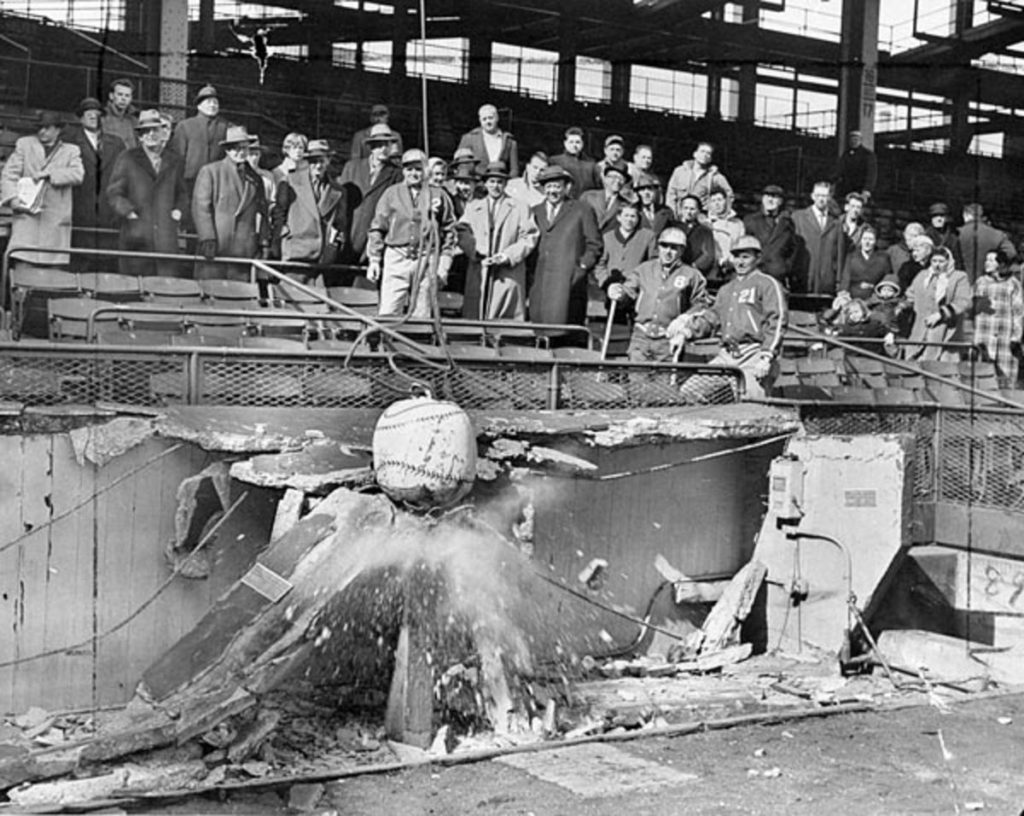
A $22 million, twenty-story, 1,377-unit housing project rose on the site. Today, on a small patch of fenced-in grass where the stadium clubhouse used to be, signs advise residents to keep their dogs and other pets off the lawn.




What a great photo! And although this isn’t him in particular, I think the name “Victory” is an AMAZING cat name! Thanks for sharing this delightful hom erun of a story!